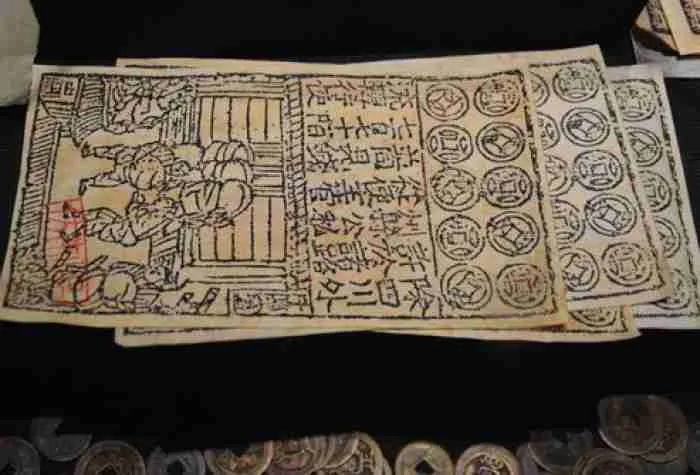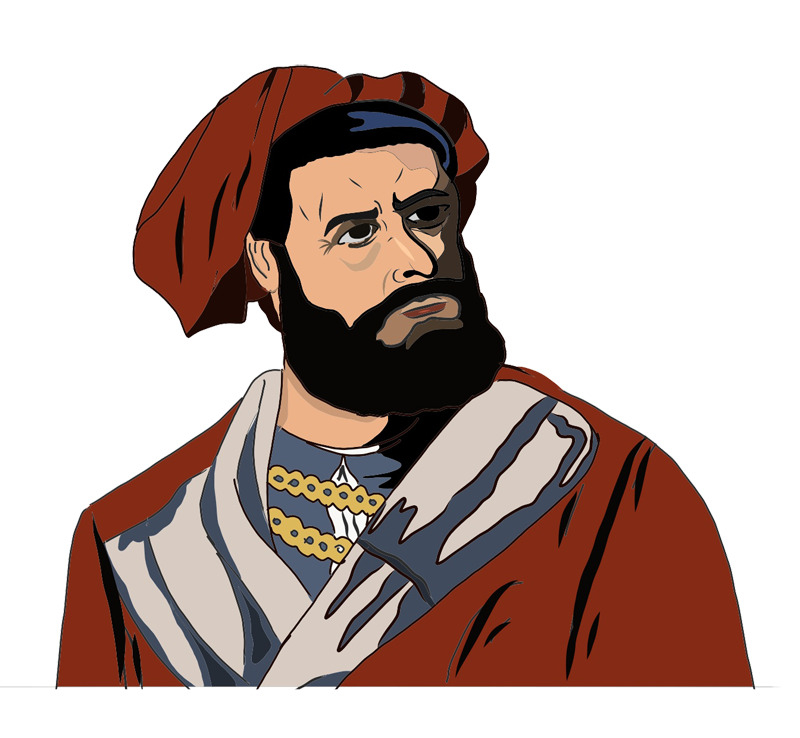He introduced the idea of paper money to Europe
In ancient Chinese texts, the use of paper money is first mentioned. 16 merchants received permission to issue universal bills of exchange during the reign of Emperor Chen Tsung (998–1022). However, the credibility of the currency was damaged when a number of these merchants failed to redeem notes upon presentation, and the general populace refused to accept it. The merchants' rights to issue money were revoked by the Emperor in 1023, and the government's Bureau of Exchange was created with the responsibility of issuing paper money for circulation. These are currently regarded as the very first banknotes printed by the government. Archaeologists discovered printing plates made of brass from this time period, and they have since been used to print replicas of these early banknotes. There are no known examples of this series' original-issue notes remaining.
Marco Polo made a passing allusion to paper being used as currency in the Chinese Empire in his account of his travels through China in 1296. The idea was so absurd and unbelievable to Europeans that they began to doubt the veracity of his accounts of his travels and residence in China.
The oldest original banknote discovered to date was a piece that was found in a cave. Sometime between 1165 and 1174, the Chinese Emperor Hsiao Tsung issued this banknote. This surviving, rather complex example, which is descended from earlier issues of which none have survived, showed the quantity or number of coins it represented on its face.










